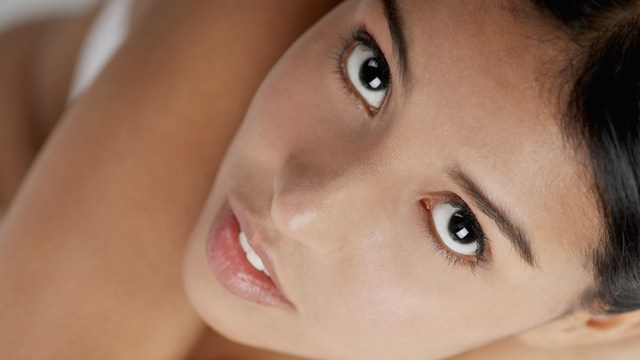Dry eye syndrome is a common clinical condition affecting approximately five million Americans age 50 and older. Patients with severe dry eye are at risk for damage to the ocular surface. Researchers from the Mount Sinai School of Medicine in New York reported a survey of 245 ophthalmologists to determine their perceptions of moderate to severe dry eye syndrome.
There are many types and brands of eye drops used to treat dry eye, both prescription and over the counter. On a personal level, the most important thing I've learned about eye drops from the medical literature is the benefit of preservative-free drops. These are available over the counter from several different manufacturers. They come in individual plastic vials, and are ideal for patients like me who are sensitive to the preservatives. In the survey, 54 percent of ophthalmologists report that “preservative-free” is an important consideration. Of course, if the preservatives don't bother you, then the lower price bottled eye drops are just as good.
The primary causes of dry eyes reported by the survey respondents are:
1. Environmental factors (36.2 percent of responses)
2. Systemic medication use (34.3 percent)
3. Injury to or conditions of the eye or eyelid (21.3 percent)
4. LASIK or other surgery (20.7 percent)
5. Postmenopausal hormone changes (19.7 percent)
6. Contact lens use (18.9 percent)
7. Sjogren's or other autoimmune disease (17.3 percent)
8. Other (10.2 percent)
Treatment goals from the survey are:
1. Maintaining and protecting the eye surface (49.8 percent of responses)
2. Lubricating and hydrating the eye surface (30.3 percent)
3. Inhibiting inflammatory factors (11.3 percent)
4. Prolonging tear breakup time (8.2 percent)
5. Stimulating tear production (3.9 percent)
6. Helping patients tolerate contact lenses (1.3 percent)
The most important criterion of success reported by these ophthalmologists are:
1. Relief of symptoms and patient satisfaction (67.2 percent)
2. Prevention of damage to cornea (25 percent)
3. Improved vision (5.6 percent)
4. Lengthening tear film breakup time (3 percent)
5. Improvement on clinical test scores (3.5 percent)
6. Increase in tear film meniscus (1.3 percent)
While currently-available eye drops are very effective for mild cases of dry eye, a majority of the physicians surveyed agreed that more treatment options are needed for moderate and severe dry eye. Almost all use multiple therapeutic agents for these cases.
I found 258 clinical studies for dry eye treatment at http://clinicaltrials.gov/ct2/results?term=dry+eye. Check with your doctor for the latest results.
Reference:
Asbell PA et al, “Ophthalmologist perceptions regarding treatment of moderate to severe dry eye: results of a physician survey”, Trans Am Ophthalmol Soc 2009; 107: 205-12.
Linda Fugate is a scientist and writer in Austin, Texas. She has a Ph.D. in Physics and an M.S. in Macromolecular Science and Engineering. Her background includes academic and industrial research in materials science. She currently writes song lyrics and health articles.





Add a Comment1 Comments
Thanks for post and little bit information about contact lenses.
August 27, 2012 - 12:54amThis Comment